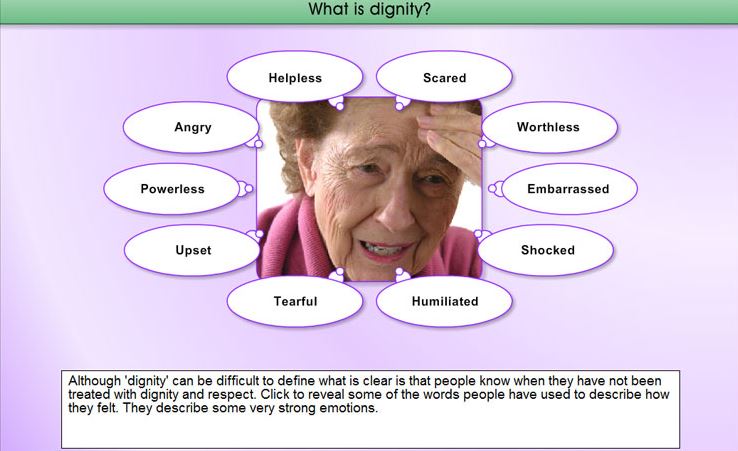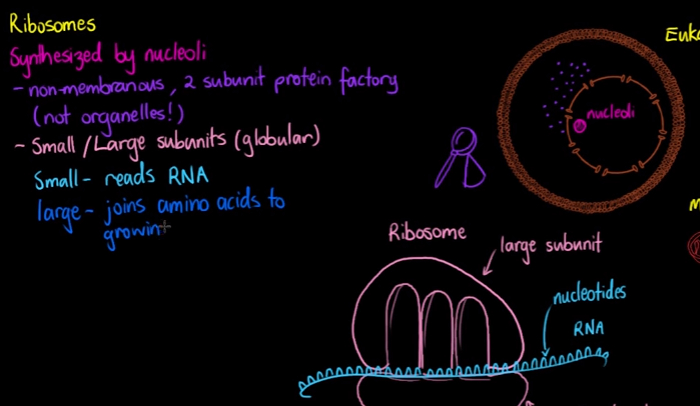Table of Content
PDGM changed the game on LUPAs and some agencies haven't adjusted well. Rather than being a fixed visit threshold, CMS changed the LUPA threshold approach to a sliding scale of visits based on a lot of other factors like coding, diagnosis grouping, OASIS . The new LUPA threshold is a sliding scale between 2 and 6 visits for each 30 day episode. As you know, you can assess the detrimental impact of on agency including financial and clinical. The term itself stands for “Low Utilization Payment Adjustment,” which is a standard per-visit payment for episodes of care with a low number of visits. Under PDGM, the LUPA threshold will vary by HHRG and will be based on the 30 days of care.

In 1636 it was besieged by the imperial troops, but was relieved on the 13th of June by William V, Landgrave of Hesse-Kassel, on account of which the day is still commemorated by the inhabitants. The new town – larger than the old one – was protected by a then very modern fortification in Baroque-style which proved a big asset only a few years later in the Thirty Years' War. Through a Medicare health plan, check with your plan to find out how it gives your Medicare-covered home health benefits. Home health care is a wide range of health care services that can be given in your home for an illness or injury. Home health care is usually less expensive, more convenient, and just as effective as care you get in a hospital or skilled nursing facility .
Understand the impact of 30-day care plan
In the final rule, CMS highlights the potential benefits of RPM. “This rule… innovates and modernizes home health care by allowing remote patient monitoring,” says CMS Administrator Seema Verma. Industry experts believe the implied endorsement of this technology will spur further technological developments in the home healthcare arena.
A common situation where a LUPA can be avoided would be a patient with a foley catheter. Many agencies go in once per month to change the catheter and accept a LUPA. Can other things be ordered, like sending in a home health aide to check on the patient? Foley Catheter patients also have a high reimbursement rate, so it is in the best interest of the patient and agency to make a plan that can help avoid the LUPA in the first place, and being proactive about that plan.
Understanding PDGM What You Need To Know; What …
Is the patient is not discharged after 30 days, then the agency needs to make more than 2 visits in the second 30 days. According to CMS, comorbidity is tied to poorer health outcomes, more complex medical needs and management, and higher care costs. The PDGM will designate a comorbidity adjustment of low, high, or none for each 30-day period based on a patient’s secondary diagnoses reported on the claim. A LUPA is a standard per-visit payment for episodes of care with a low number of visits. Currently, LUPA occurs when there are four or fewer visits during a 60-day episode of care.
Effective management of LUPA episodes has always been a challenge and yes, in the PDGM world, it just got trickier. Efficient Outcome and Assessment Information Set assessment, effective coding practices, strategic management of the episode and sending in the right discipline at the right time for the correct amount of time is key. Case management remains central, and seamless collaboration and communication has never been more important. We have created a PDGM Calculator so when we do OASIS review for agencies, we can provide key information like the reimbursement calculation, HIPPS code, Case Mix, and also LUPA Threshold. We send you the information to review right up front so that you can have the best data to make the best decision.
POINT AND CLICK LICENSE FOR USE OF "CURRENT DENTAL TERMINOLOGY", ("CDT")
Each congregation was led by the Consistoire, elected by congregation members for life, which is roughly comparable to today's church council. The descendants of the French Reformed religious refugees have assimilated in Hanau over time. Was the episode front-loaded at start of care and resumption of care to potentially reduce the chance for rehospitalization? Front loading is usually at least three visits within the first seven days of care.
One way to analyze the risk for LUPAs within the second 30-day period would be to look at your organization’s 2017 data. This will give insight into which 30-day periods and what types of episodes would fall into LUPA categories in a PDGM environment. This type of impact analysis can help agencies understand their strengths and weaknesses moving forward.
CMS Disclaimer
Knowledge of relevant LUPA thresholds is critical to care planning. Your EMR should estimate each patient’s HHRG placement and communicate the related LUPA visit threshold so that clinicians can appropriately review and address the number of visits on the POC. CMS assumes that HHAs will effectively change their documentation and diagnosis coding practices to always indicate the highest-paying diagnosis code as the principal diagnosis. According to CMS, this will ensure that each patient is automatically placed into the highest paying clinical group. CMS assumes that HHAs will add one to two extras visits per billing period for patients close to the LUPA threshold, in order to avoid LUPA and receive full payment. This means that clinicians and billers will need to know the LUPA threshold for each patient.

CPT is provided "as is" without warranty of any kind, either expressed or implied, including but not limited to, the implied warranties of merchantability and fitness for a particular purpose. AMA warrants that due to the nature of CPT, it does not manipulate or process dates, therefore there is no Year 2000 issue with CPT. AMA disclaims responsibility for any errors in CPT that may arise as a result of CPT being used in conjunction with any software and/or hardware system that is not Year 2000 compliant. No fee schedules, basic unit, relative values or related listings are included in CPT. The AMA does not directly or indirectly practice medicine or dispense medical services.
If the nurse had called me in the office, we could have rescheduled our visit to the next day and avoided a LUPA. When I looked a little bit deeper at the claim, I spotted the reason for the discrepancy and explained that the patient’s episode was a LUPA. In a recent report, the Office of Inspector General found that Medicare improperly paid some claims for home health services with 5 to 7 visits in a payment episode. Review the Medicare Home Health Benefit and Home Health Prospective Payment System booklets to properly bill for services slightly above the Low Utilization Payment Adjustment threshold. All three assumptions are based on significant changes that HHAs will have to make in care planning, coding and documentation.

Outlier payments currently are made for 60-day episodes of care with estimated costs that exceed a designated threshold amount. Under PDGM, periods with estimated costs of care that exceed a specific outlier threshold will receive an outlier payment for that 30-day period. Outlier Payment calculations will remain the same as they are currently. If you remember, one of the biggest changes in PDGM is around LUPA. Previously, agencies had to have more than 5 visits in an episode to avoid LUPA.

No comments:
Post a Comment